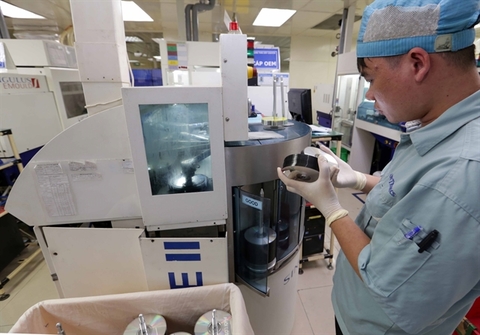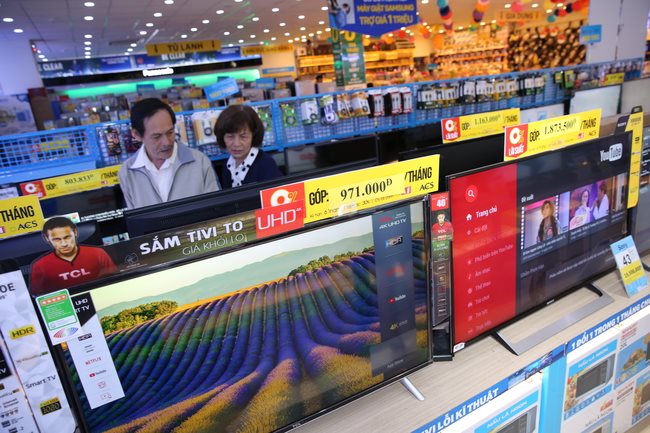More supply chains to shift to Việt Nam, ASEAN
More supply chains to shift to Việt Nam, ASEAN
Southeast Asia, especially Viet Nam, can expect to see more supply chains coming its way if it improves production technology and capacity, as well as regional cooperation, HSBC officials have said.

Supply chains are shifting to Southeast Asia due to the region’s growing economies and consumer markets, especially with trade tensions and rising production costs affecting other markets, according to the bank.
Pham Hong Hai, CEO of HSBC Viet Nam, said: “The changes in global trade are causing businesses to revisit their supply chain investment and capacity strategies, but we have yet to see this convert into wide-scale shifts to Southeast Asia, South Asia or other parts of the world.
Rather than see a wide-scale shift to ASEAN, multinationals due to trade tensions have multiple supply chain strategies with a mixture of localisation, offshoring and re-shoring activity emerging, according to Hai.
“Shifts in supply chains have been a multi-year phenomenon due to structural changes in production technology, labour costs, and emerging consumer markets. Over the past decade, ASEAN and Viet Nam have been perceived as a strong production option for multinationals given its role within existing supply chains, growing consumer base, and strong trade and investment ties,” he added.
Countries where infrastructure and production networks are already in place such as Viet Nam are likely to be the main beneficiaries of a shift in production capacity.
The hot buttons that will matter for both large and small firms include how ASEAN and Viet Nam can deliver competitive production costs, and how technology and innovation are being introduced to improve productivity.
At a government level, this will require educating international firms about regulatory frameworks, tax incentives, and free trade zones, along with demonstrating improvements in ports and rail and other transport infrastructure.
It will also require ASEAN governments to demonstrate a pathway to longer-term initiatives to remove the non-tariff barriers around the flow of goods across ASEAN, the development of skilled labour; and intellectual property protection, cybersecurity, and movement of commercial data across borders.
ASEAN is the US’s fourth largest trading partner, with nearly 4,700 American companies in the region. It is the top destination for US foreign direct investment in Asia.
A recent US Chamber of Commerce report found that 80 per cent of US firms in Southeast Asia are looking to increase investment in the region over the next five years.
The EU is ASEAN’s second largest trading partner and largest source of FDI.
China continues to be ASEAN’s largest trading partner (15 per cent of its total trade), while ASEAN is China’s third largest trading partner.
















